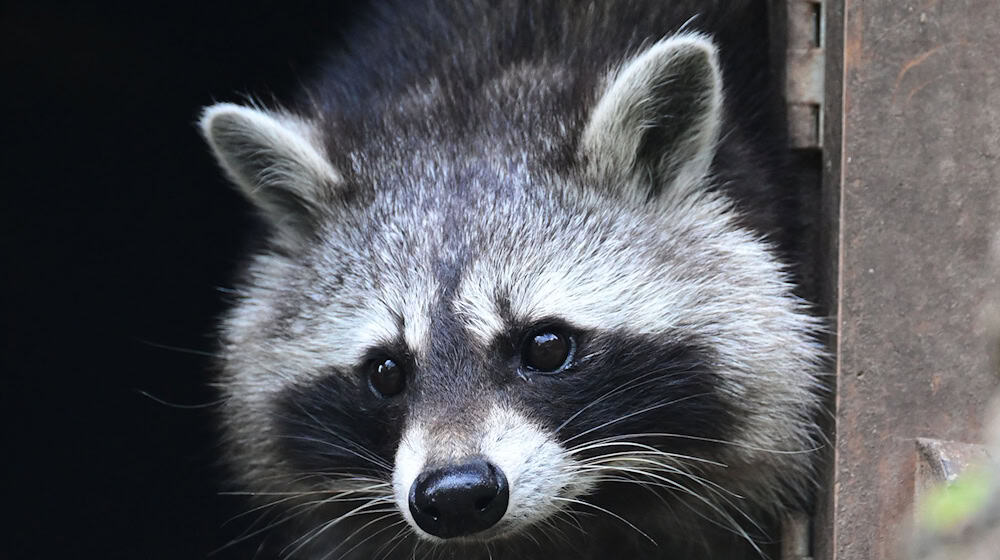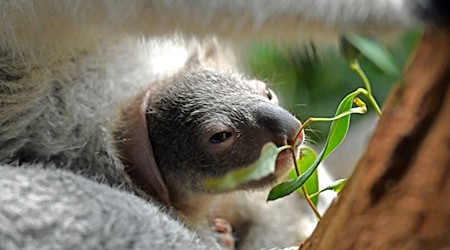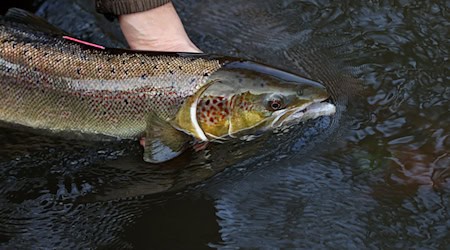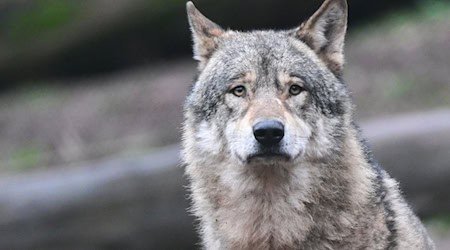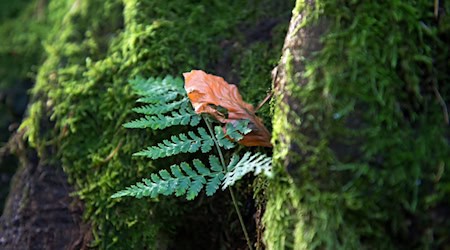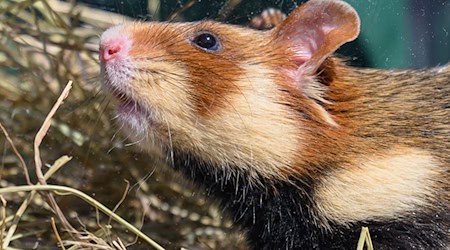For some they are cute animals, but for some they are real pests: raccoons are also spreading rapidly in Saxony. Even if there are no exact figures, the hunting distances speak for themselves. In the 1992/1993 hunting year (April 1 to March 31 of the following year), raccoons were shot for the first time in Saxony's forests - three specimens. Ten years later, there were 80, and in the 2024/2025 hunting year there were already almost 27,000, according to the state hunting association.
Where do raccoons come from?
The raccoon originates from North America and is an invasive species in Europe; it does not belong in this part of the world. In the 20th century, raccoons were imported to Europe for fur production. They were released into the wild and escaped from farms. This was the case in Hesse in 1934, for example, and in 1945 animals escaped from a farm near Berlin. So the problem is man-made. Raccoons are not demonic animals, says René Sievert, deputy head of the German Nature and Biodiversity Conservation Union (Nabu) in Saxony. Humans alone are responsible for its negative effects.
"Human sacrilege to animal welfare and native fauna is one reason for the current situation and the negative consequences for the ecosystem," emphasizes Sievert. There are two others: the poor state of the local natural environment and human negligence. An intact, resilient ecosystem can react more robustly to invasive species. In addition, access to food sources such as food waste or animal feed is made too easy for raccoons. Sometimes they are even fed out of a misguided love of animals. They find ideal living conditions in settlements.
What characterizes raccoons?
The raccoon is considered to be a very adaptable, clever and intelligent omnivore. This is why they can make almost any food source accessible to them. "The animals are inventive, cooperate in family groups, are patient and capable of learning. That's why they can often easily overcome obstacles that are too simple," reports Sievert. His association is therefore forced to construct and hang up "raccoon-safe" bird nesting boxes. This also applies to other nature conservation measures. Some species conservation projects are difficult to implement because of the raccoons.
What damage do raccoons cause?
The raccoon raids bird nests during the breeding season, eats migratory amphibians during the spawning season and occupies caves that are then no longer available for native species such as the tawny owl, lists the nature conservation association. Roosts of bats, squirrels and many other animals are also possible food sources for the raccoon. Locally, its presence can lead to the collapse of bird and amphibian populations, which have often previously been supported by laborious nature conservation measures.
The State Office for the Environment, Agriculture and Geology cites problems for homeowners and farmers - especially if farms grow special crops such as fruit or wine. "Economic damage can occur here, as the animals eat the fruit and damage plants." The small bears would enter houses in search of sleeping and birthing places. "They look for unsealed roof hatches or gaps in the roof covering. They enlarge these with their front paws until they are suitable as an entrance." This allows water to enter the building and cause consequential damage.
How can you take action against raccoons?
Racons are subject to hunting law and are hunted. However, the animals may only be killed by people who have the necessary expertise to do so, as the state office makes clear. It refers to vets and hunters. According to Nabu, it occasionally happens that young animals and others are found in need of help. However, the EU directive on invasive species prohibits the taking in, keeping, transporting, breeding or releasing of raccoons. In principle, Nabu does not believe that raccoons can be eradicated from the wild.
What protection is possible on buildings?
According to the state office, it is important to close potential entrance hatches into a house. Dispelling the animals with noise, light and scaring them away with human hair and toilet stones does not usually lead to success. Food waste should not be put in the compost, they say. Other advice includes closing garbage cans and using rubber bands, and not leaving cat and dog food outside. As raccoons are good climbers, gutter downpipes should be covered with metal sheets and cat flaps and skylights should be firmly closed at night.
Copyright 2025, dpa (www.dpa.de). All rights reserved

